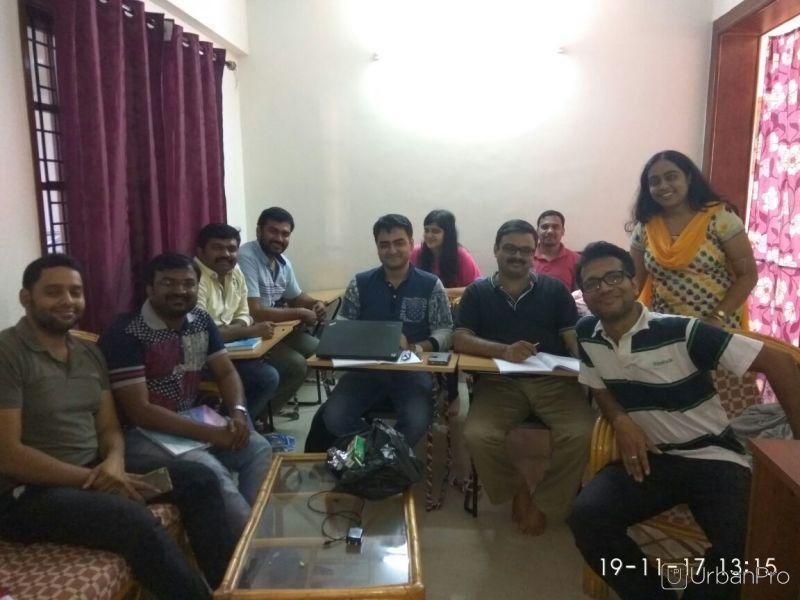If you wish to gain competency in statistical modeling then here is your chance of enrolling in the course that offers complete training of the subject under skilled and professional guidance. The course will teach about the ways to build various statistical models with the help of packages like SAS or SPSS or R or Excel starting from the very basics. The training will be imparted in a very lucid language with lots of real life examples. The goal is to learn how to read and interpret software output and communicate with the business stakeholders. It would be 18 hours classroom coaching with 6 sessions. Ample study materials and industrial research work will be provided during the course. The case studies discussed are best of industry standard chosen from across life science, banking & finance, telecom & retail, logistics & planning, supply chain and CPG domains. The trainer encourages all kinds of questions and pay utmost attention to each and every individual’s thought and queries.
Topics Covered
Linear regression model Cluster analysis Factor analysis Logistic model Generalized Linear Model ANOVA T test and Chi square test CART and decision tree Time series analysis Fitting various probability distribution
Who should attend
Any professional working in the area of data analysis in medical/finance/retail/Insurance/CPG domain, any researcher working in core Statistics or interdisciplinary domains, anyone willing to learn these techniques in a most lucid and practical way, any student or academic person willing to fulfill his/her personal goals are most welcome to attend the course. The guys attending the sessions should have passion to learn the subjects and having some time to complete the assignments during the course. Undergrad students with high motivation to learn can also join the course.
Pre-requisites
Basic knowledge about Statistics and data would be great.
What you need to bring
Laptop
Key Takeaways
Should be able to perform exploratory data analysis and modeling in SAS/SPSS and will hone a skill to select appropriate model based on the problem.








